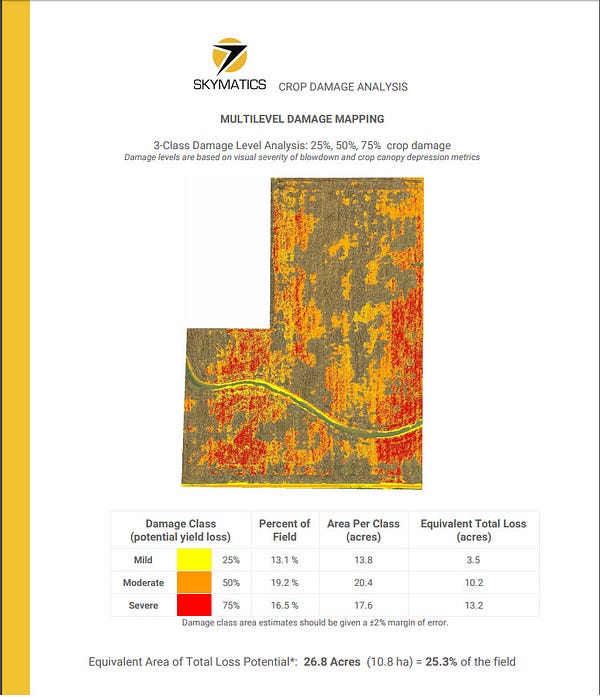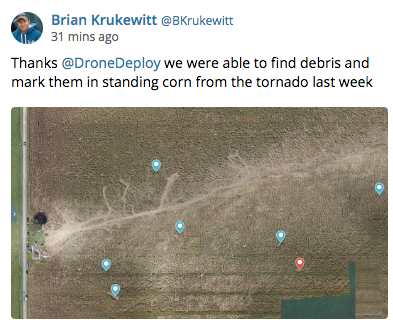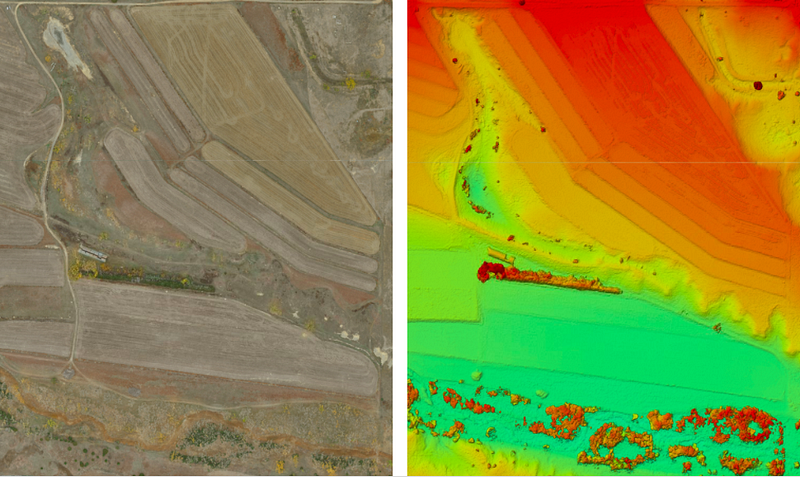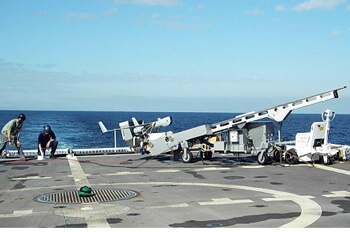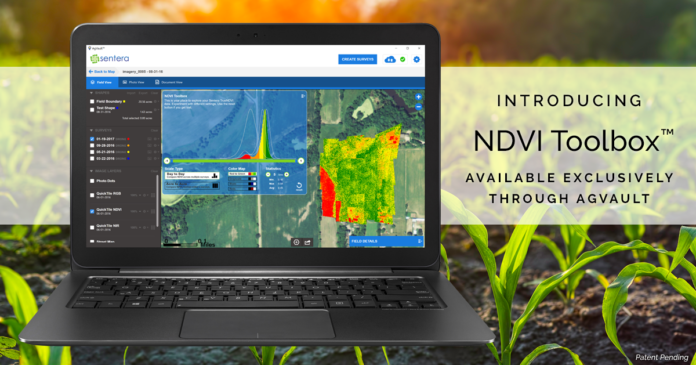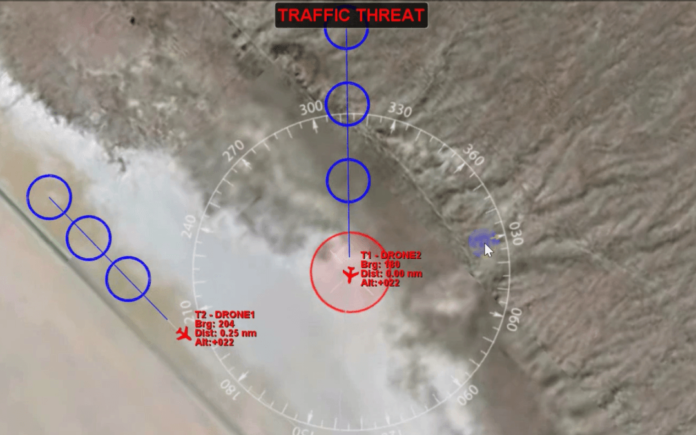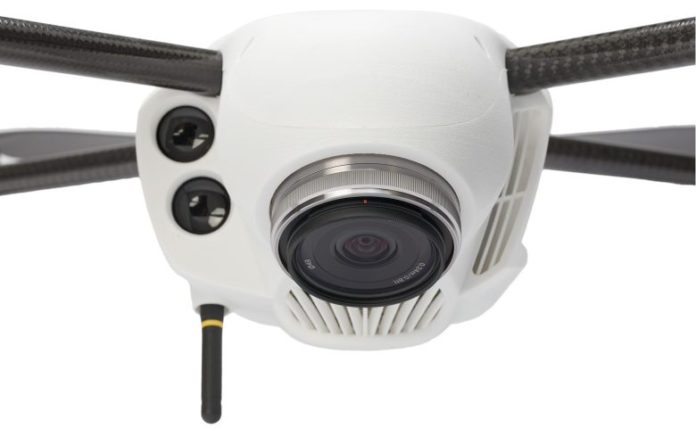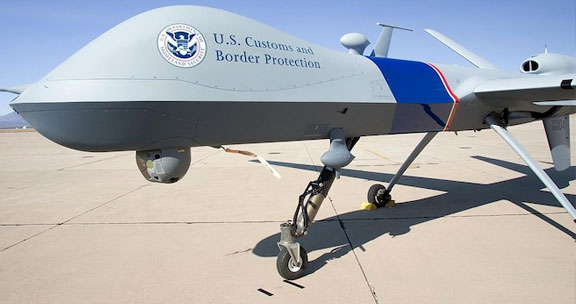expouav.com
By Juan Plaza
January 30, 2017

One key element of the FAA’s strategy for 2017 is finding consensus on a rule to extend commercial operations over populated areas and controlled airspace beyond visual line of sight (BVLOS) of the operator of the UAV. It’s something they are and will be looking at in order to determine regulation that makes sense for the entire drone industry.
A couple of weeks ago Administrator Huerta, during his speech at CES, emphasized the fact that his agency was beginning to work on draft regulation to issues rules for BVLOS operations. Two of the main elements that need to converge for this important milestone to be crossed involve new detection and avoidance technology as well as testing. There are a variety of tests that will need to take place to ensure flying a drone in this manner is both safe and reliable.
In regards to early detection and avoidance systems, companies such as Aerotenna are partnering with NASA and other industry leaders in the development and safe deployment of microwave-based, 360o technologies that are constantly prying the drone environment and not only its flight path. This innovation allows every drone in the airspace to be constantly “aware” of any other moving vehicle in its environment. It’s the kind of assurance that the FAA will need in order to draft regulations allowing BVLOS in controlled airspace.
The second element that needs to take place in order for BVLOS to be considered safe is testing. These tests would have to be conducted in safe but realistic environments in order to assure the authorities that whatever results are obtained in the test sites can be safely and predictably applied to real flying environments.
On December 28th the Federal Aviation Administration (FAA) approved a certificate of authorization (COA) for the Northern Plains UAS Test Site in North Dakota to be the first in the U.S. to have BVLOS operability. This means the test site will be able to support the development, testing and evaluation of a wide range of new applications for UAS technology.
Companies such as General Atomics and Northrop Grumman are tenants at the Grand Sky technology park, which means they can now evaluate complex UAS operations. It’s something that’s not possible anywhere else in the USA. Other companies are also applying to move into the facility and begin their own testing of new hardware and software aimed at making BVLOS a reality.
The Northern Plains UAS Test Site is ideally located to support beyond-line-of-sight operations, with the combination of an FAA test site, the Grand Sky Technology Park and the Grand Forks Air Force Base, which is home to an upgraded DASR-11 digital radar system.
With the opening of the North Dakota test site, the efforts of private companies to develop new safety technology and the willingness of the FAA to integrate the airspace, it’s only a matter of time before the UAV industry receive the good news that BVLOS has joined the growing number of flying techniques that can be used to apply drone advantages to more and more applications.
January 30, 2017
One key element of the FAA’s strategy for 2017 is finding consensus on a rule to extend commercial operations over populated areas and controlled airspace beyond visual line of sight (BVLOS) of the operator of the UAV. It’s something they are and will be looking at in order to determine regulation that makes sense for the entire drone industry.
A couple of weeks ago Administrator Huerta, during his speech at CES, emphasized the fact that his agency was beginning to work on draft regulation to issues rules for BVLOS operations. Two of the main elements that need to converge for this important milestone to be crossed involve new detection and avoidance technology as well as testing. There are a variety of tests that will need to take place to ensure flying a drone in this manner is both safe and reliable.
In regards to early detection and avoidance systems, companies such as Aerotenna are partnering with NASA and other industry leaders in the development and safe deployment of microwave-based, 360o technologies that are constantly prying the drone environment and not only its flight path. This innovation allows every drone in the airspace to be constantly “aware” of any other moving vehicle in its environment. It’s the kind of assurance that the FAA will need in order to draft regulations allowing BVLOS in controlled airspace.
The second element that needs to take place in order for BVLOS to be considered safe is testing. These tests would have to be conducted in safe but realistic environments in order to assure the authorities that whatever results are obtained in the test sites can be safely and predictably applied to real flying environments.
On December 28th the Federal Aviation Administration (FAA) approved a certificate of authorization (COA) for the Northern Plains UAS Test Site in North Dakota to be the first in the U.S. to have BVLOS operability. This means the test site will be able to support the development, testing and evaluation of a wide range of new applications for UAS technology.
Companies such as General Atomics and Northrop Grumman are tenants at the Grand Sky technology park, which means they can now evaluate complex UAS operations. It’s something that’s not possible anywhere else in the USA. Other companies are also applying to move into the facility and begin their own testing of new hardware and software aimed at making BVLOS a reality.
The Northern Plains UAS Test Site is ideally located to support beyond-line-of-sight operations, with the combination of an FAA test site, the Grand Sky Technology Park and the Grand Forks Air Force Base, which is home to an upgraded DASR-11 digital radar system.
With the opening of the North Dakota test site, the efforts of private companies to develop new safety technology and the willingness of the FAA to integrate the airspace, it’s only a matter of time before the UAV industry receive the good news that BVLOS has joined the growing number of flying techniques that can be used to apply drone advantages to more and more applications.
Read more:

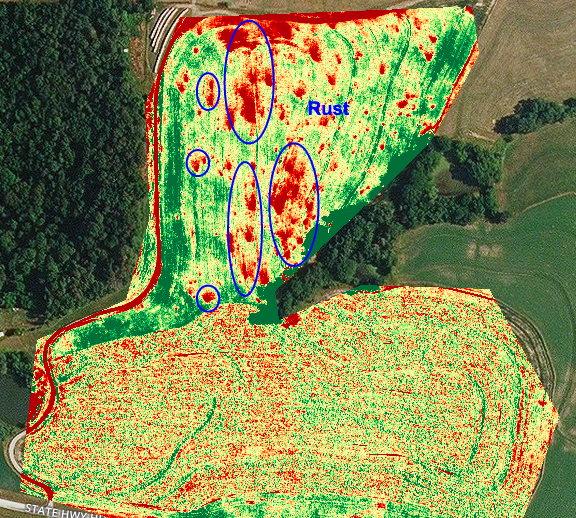
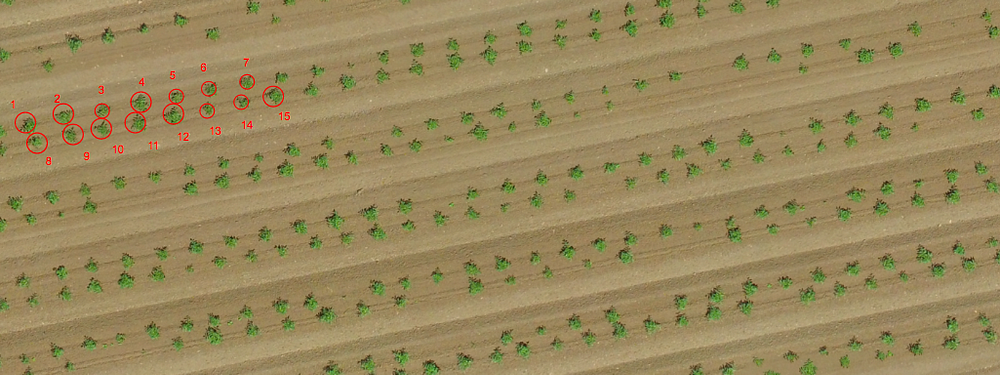

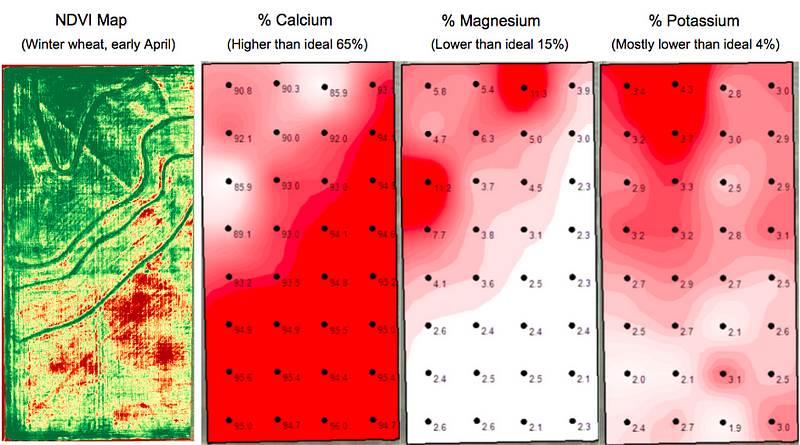 Drone map shows strong correlation to soil sample results, but with more detailed data
Drone map shows strong correlation to soil sample results, but with more detailed data